Is Farmed Tilapia From China Really Fed Raw Sewage?
Worried about Chinese tilapia? Rumors of sewage-fed fish are alarming. Let's uncover the truth for your peace of mind.
The concern about tilapia from China being fed raw sewage is a persistent myth. While isolated incidents of poor farming practices have occurred globally, reputable Chinese aquaculture farms adhere to strict safety standards and regulations to ensure their tilapia is safe for consumption.
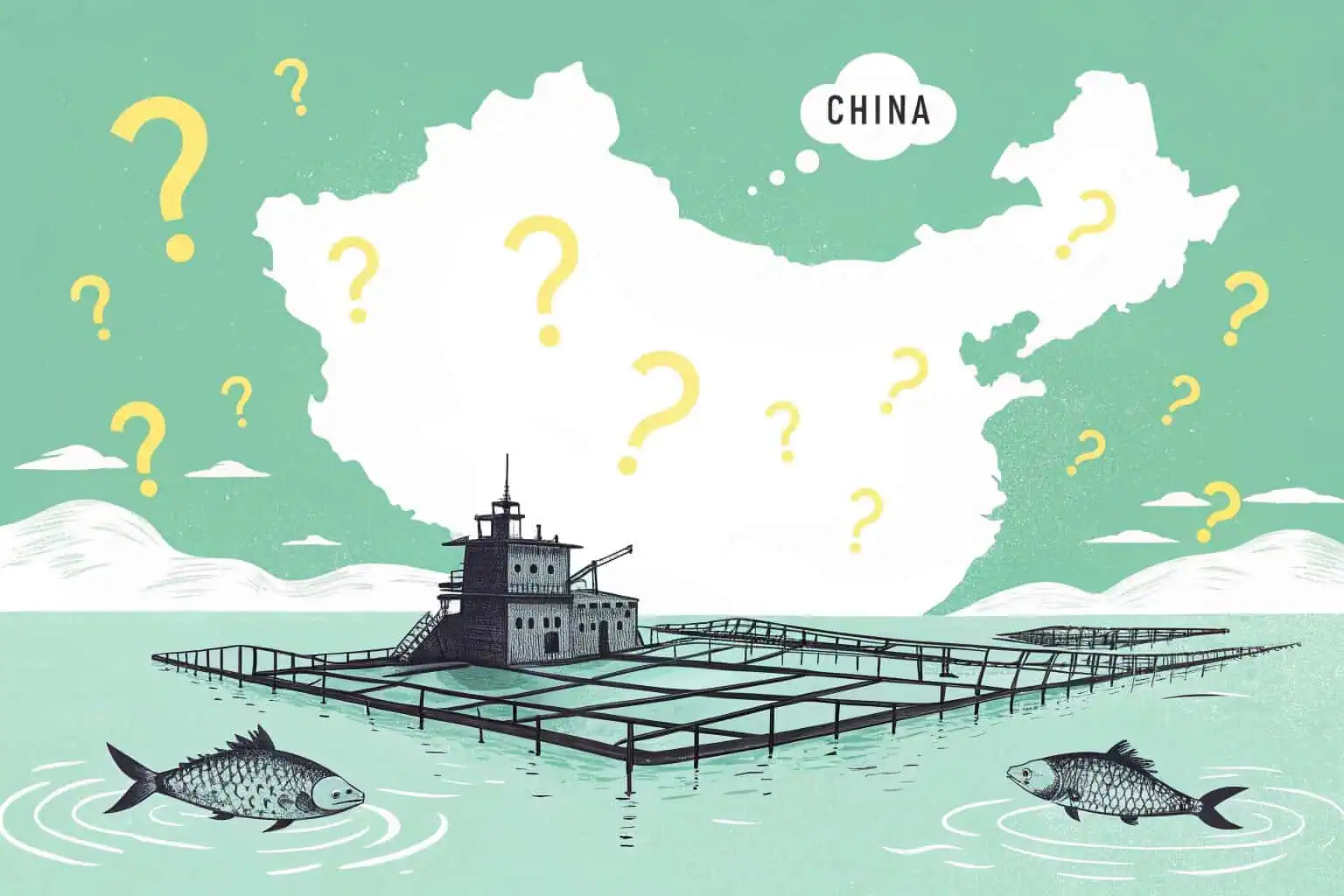
You might still have questions about what goes into raising the tilapia that ends up on your plate. Let's dive deeper into the common concerns and explore the realities of tilapia farming in China.
Is tilapia fish from China safe to eat?
Is Chinese tilapia safe? Contamination fears can spoil your appetite. We'll examine the facts so you can eat confidently.
Yes, tilapia from China can be safe to eat. Reputable farms follow international food safety standards. Look for certifications and buy from trusted sources to ensure quality and safety. Bancy, for example, prioritizes quality in all its aquaculture-related products.
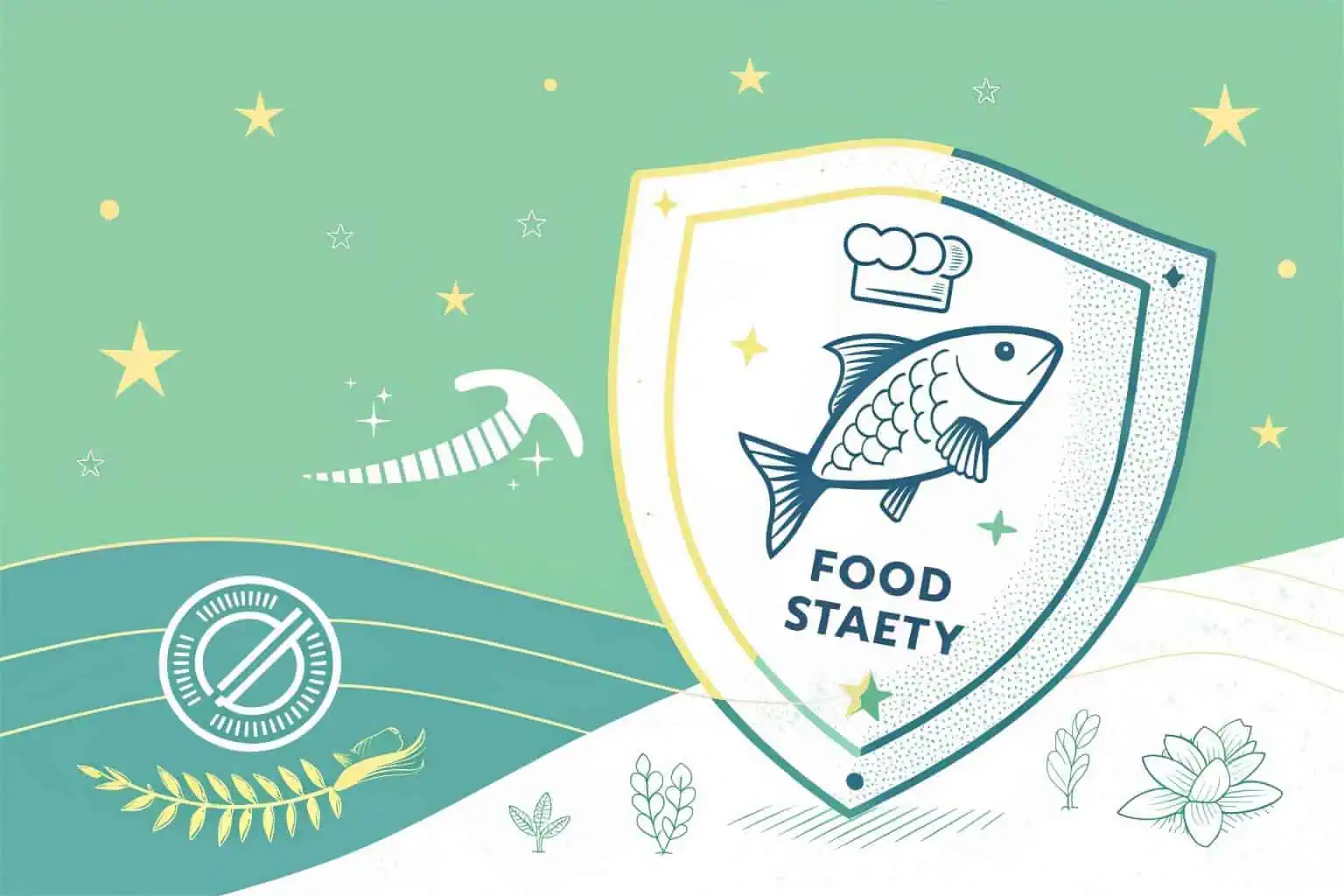
When we talk about food safety, especially with imported products like tilapia from China, it's natural to have concerns. I've seen these worries firsthand in my work with Bancy, where we focus on providing top-notch liquid management solutions for various industries, including aquaculture. The key is understanding the systems in place. As an observer in the aquaculture sector, I've realized that transparency is paramount1. Consumers deserve to know, and the industry benefits from building that trust.
Understanding Safety Regulations
Reputable Chinese farms are subject to regulations. These aren't just local rules; many aim to meet international export standards. Think about certifications like HACCP (Hazard Analysis Critical Control Point)2 or Best Aquaculture Practices (BAP)3. These aren't just pieces of paper; they represent a commitment to safety at every step. For instance, Bancy's dedication to quality, like our double-welded seams in liquid containers, mirrors the precision needed in safe food production. We know that consistent quality control is crucial. My insight here is that the industry must prioritize making these certifications and supply chain details readily available.
The Role of Testing and Transparency
Testing is a big part of ensuring safety. This includes testing for contaminants like heavy metals or harmful bacteria. Transparency in the supply chain is also becoming more important. As a consumer, you have the right to know where your food comes from and how it was raised. I believe the industry is moving towards more openness, partly because consumers are demanding it. This aligns with my view that openness in supply chains4 is not just good ethics, but good business. It's a journey, but progress is being made.
What You Can Do
You, as a consumer, play a role too. Always buy from reputable retailers and brands. Look for information about sourcing and certifications5. If something seems off, ask questions. Your choices can drive the market towards better practices. It's like when our clients at Bancy ask for specific material certifications for their custom fish tanks; they're ensuring the product meets their standards. This consumer demand for quality is a powerful force for positive change.
| Aspect | Importance for Safety | Bancy's Approach (Analogy) |
|---|---|---|
| Regulations | Sets baseline for safe practices | Adhering to ISO standards for our manufacturing processes. |
| Certifications | Verifies adherence to standards | Providing material certifications6 for our products. |
| Testing | Detects potential hazards | Rigorous quality checks on our welding and materials. |
| Transparency | Builds consumer trust | Open communication about our production capabilities. |
| Consumer Choice | Drives demand for safer products | Client demand for specific features drives our innovation. |
This structured approach helps ensure that the tilapia reaching your table is safe. It's a complex system, but one that, when working correctly, protects consumers. My experience tells me that international cooperation and standard unification7 are key to making this system even more robust globally.
Are tilapia fed sewage?
The thought of tilapia eating sewage is disgusting. This persistent rumor needs addressing. Let's clear up this misconception now.
No, commercially farmed tilapia, especially for export, are not intentionally fed raw sewage. This practice is unsanitary, illegal in many places, and harmful to fish health and consumer safety. Reputable farms use formulated feeds.
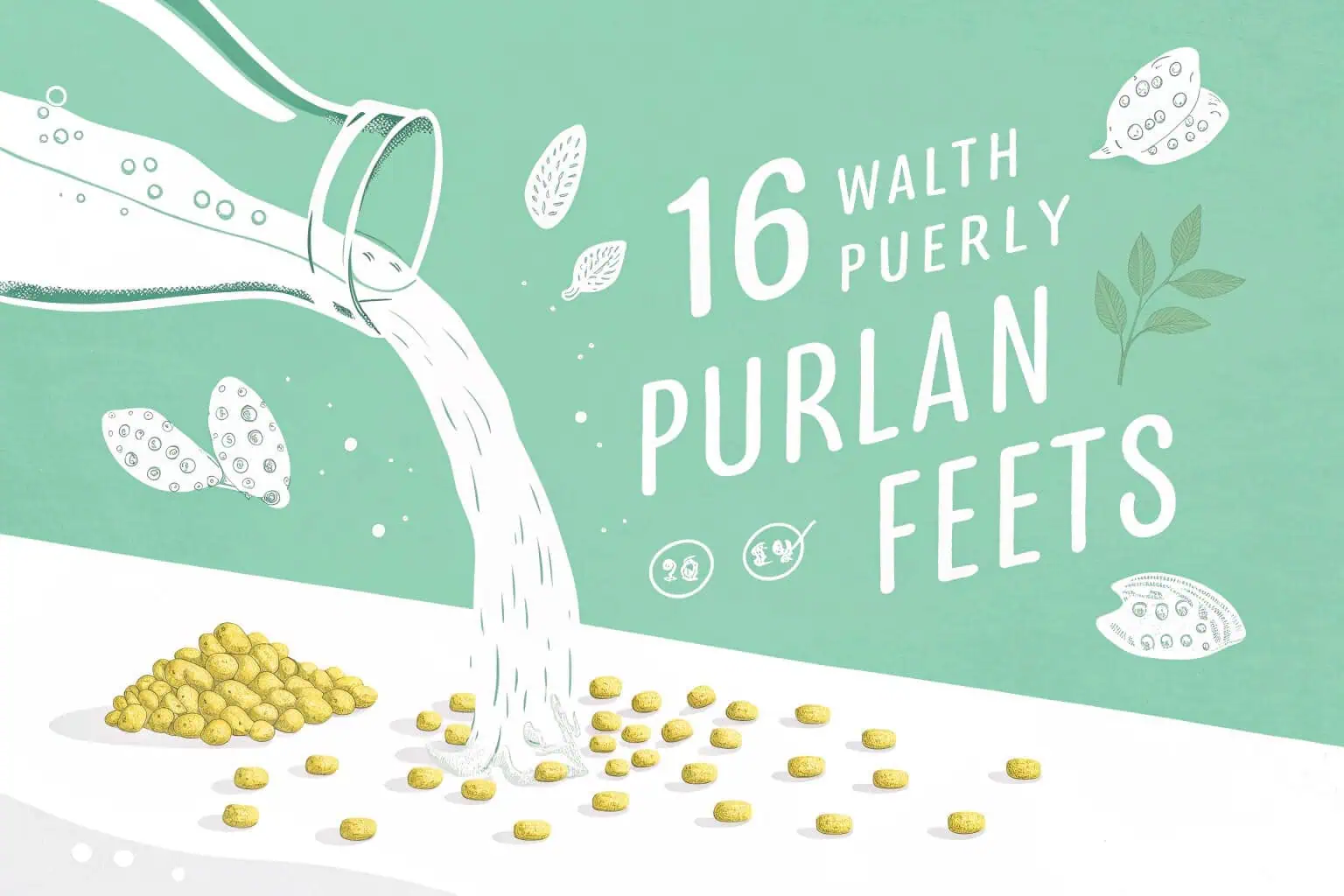
The idea that tilapia are routinely fed sewage is a major concern, and frankly, it's a damaging myth for the aquaculture industry. In my experience at Bancy, dealing with clients who need reliable containment for everything from water to sensitive chemicals, I understand the importance of controlled environments. The same applies to fish farming. This is where the industry's commitment to sustainable and ethical practices8 comes under scrutiny.
What Tilapia Actually Eat
Farmed tilapia are typically fed specially formulated pellets9. These feeds are designed to provide balanced nutrition for optimal growth and health. Think of it like high-quality pet food, but for fish. The ingredients often include plant-based proteins (like soy or corn), fishmeal (from sustainable sources), vitamins, and minerals. The goal is to grow healthy fish efficiently. This is far from the image of fish scavenging in wastewater.
Why Sewage Feeding is Not Viable for Reputable Farms
Using raw sewage as feed is simply bad business for any serious aquaculture operation. Firstly, it's a massive health risk, both for the fish and for humans. Pathogens and contaminants in sewage would lead to diseased fish and unsafe products. Secondly, it would make export impossible. Countries have strict import regulations, and products from such conditions would never pass inspection. At Bancy, we provide robust tanks like our galvanized sheet fish tanks, designed for clean and controlled aquaculture environments, precisely because our clients understand the need for hygiene. This directly reflects my insight that environmental responsibility and sustainability10 are becoming non-negotiable.
Addressing the Origin of the Myth
So, where does this myth come from? Tilapia are hardy fish and can survive in poor water conditions11 in the wild. This resilience might have contributed to the misconception. Also, isolated incidents of extremely poor, unregulated farming practices12 in some localized areas (not necessarily just in China) might have been sensationalized. However, this does not represent the standard for the vast majority of commercially farmed tilapia, especially those destined for international markets. It's crucial to distinguish between isolated bad actors and industry-wide practices. The challenge for the industry is to proactively communicate its good practices to counteract misinformation.
| Feeding Practice | Description | Implications for Fish & Consumers | Relevance to Bancy (Analogy) |
|---|---|---|---|
| Formulated Feeds | Balanced nutritional pellets | Healthy fish, safe for consumption | Using high-quality, certified materials for our tanks. |
| Natural Diet (Wild) | Algae, plant matter, insects | Generally safe, depends on water quality | Products designed for specific, natural environmental conditions. |
| Sewage Feeding (Myth) | Feeding untreated wastewater or animal waste | Diseased fish, unsafe, illegal for export | Like using contaminated materials – unthinkable for quality. |
| Poor Practices | Unsanitary conditions, improper waste management | Potential for contamination, localized issue | Ignoring quality control – leads to product failure. |
The aquaculture industry, much like ours at Bancy, relies on trust and quality. Feeding sewage would destroy that trust. My belief is that embracing innovation in feed and farming can further enhance both sustainability and consumer confidence.
Is farm raised tilapia clean?
"Farm-raised" can sound unnatural. Is it truly clean, or hiding something? We'll explore what "clean" means for farmed tilapia.
Farm-raised tilapia can be very clean when managed properly. Cleanliness depends on water quality, feed, and farming practices. Reputable farms invest in systems that maintain a healthy environment for the fish.
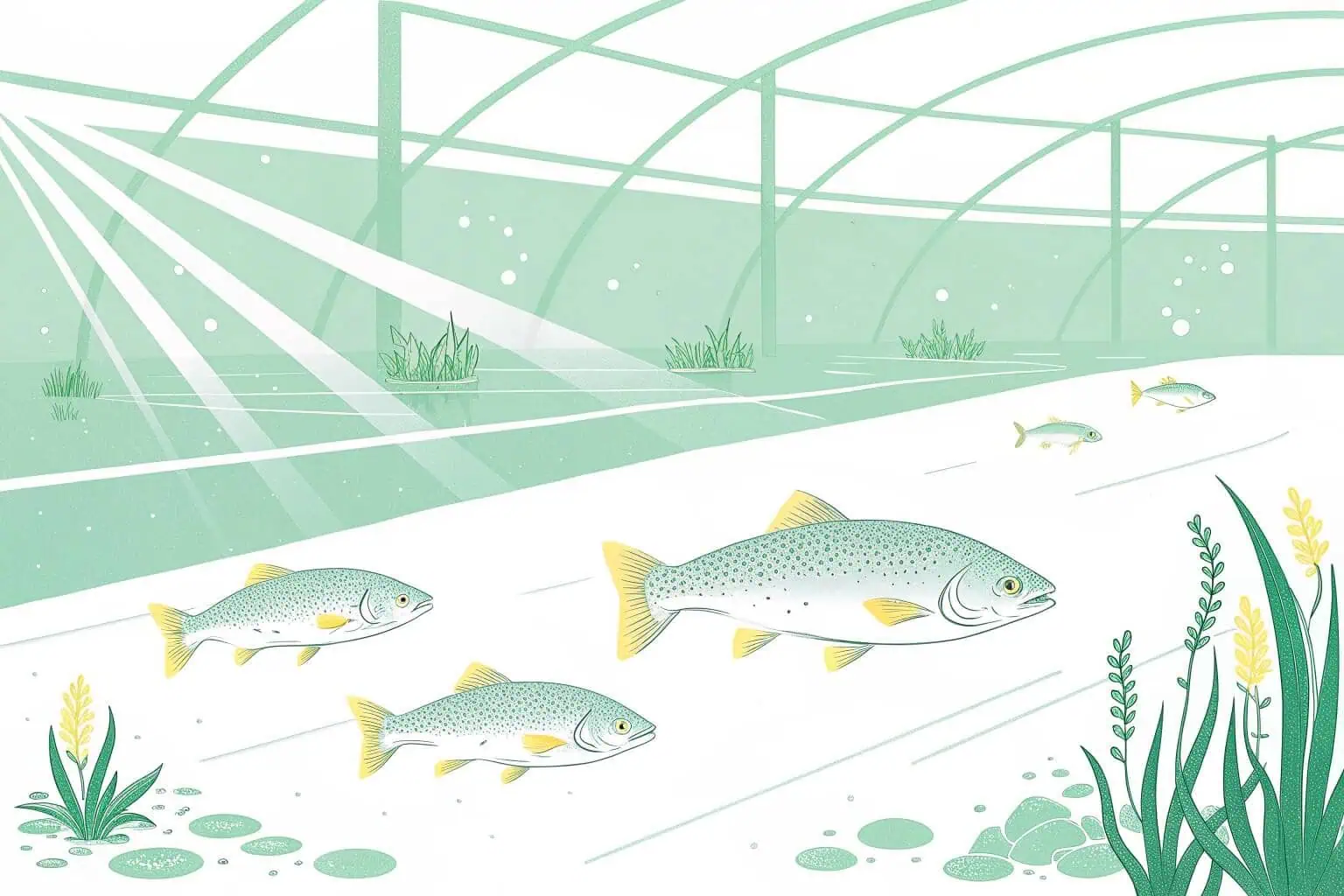
The term "clean" when applied to farm-raised tilapia can mean different things to different people. From my perspective in the aquaculture supply chain with Bancy, providing solutions like collapsible plastic fish tanks that are easy to clean and maintain, "clean" refers to a controlled, hygienic, and healthy environment for the fish. This is where the adoption of advanced, sustainable technologies like Recirculating Aquaculture Systems (RAS)13 becomes crucial.
Water Quality Management
Water quality is paramount for clean tilapia. This involves regular monitoring and management of parameters like oxygen levels, ammonia, nitrites, and pH. Many farms use filtration systems, and some, like Recirculating Aquaculture Systems (RAS), treat and reuse water. This not only keeps the fish healthy but also minimizes environmental impact. Think of it like the systems we design at Bancy for liquid storage – they must prevent contamination and maintain the purity of the stored liquid. Clean water means healthy fish. This directly ties into my insight about sustainability becoming a competitive advantage14.
Feed and Farming Practices
The type of feed used also contributes to how "clean" the fish are. As mentioned, reputable farms use formulated feeds, not waste products. Good farming practices also include managing fish density15 to prevent overcrowding, which can lead to stress and disease. Regular cleaning of tanks and equipment is also essential. Our Bancy clients who use our galvanized pipe fish tanks appreciate their robust, easy-to-clean design for this very reason. A clean farm16 is an efficient and productive farm.
The Perception vs. Reality
Sometimes, the perception of "farm-raised" is that it's less "natural" or "clean" than wild-caught. However, wild environments can also have pollutants and contaminants. Farmed environments, when managed well, offer a higher degree of control over what the fish are exposed to. The key is responsible farming. I've seen a growing trend towards sustainability and eco-friendly practices in aquaculture17, which directly contributes to a "cleaner" product and process. This is where the industry can turn challenges into opportunities by showcasing these advancements.
| Aspect of "Clean" | How It's Achieved in Good Farming | Why It Matters | Bancy's Parallel |
|---|---|---|---|
| Water Purity | Filtration, RAS, regular testing | Prevents disease, ensures fish health | Our tanks are designed to maintain liquid integrity. |
| Feed Quality | Formulated, nutritious pellets | Healthy growth, no harmful residues | We use quality, non-toxic materials for our products. |
| Hygienic Conditions | Proper density, regular cleaning | Reduces stress and disease outbreaks | Our products are designed for durability and ease of maintenance. |
| Controlled Environment | Protection from external pollutants | Safer product compared to some wild environments | Providing secure containment solutions. |
So, yes, farm-raised tilapia can be very clean. It all comes down to the standards and practices of the specific farm. My conviction is that by embracing transparency and showcasing these clean practices, the industry can overcome negative perceptions.
Is tilapia used in sewage treatment?
Fish in sewage treatment? It sounds bizarre and unsanitary. Let's investigate if tilapia play any role in wastewater management.
While some fish species, including tilapia, have been studied for their potential in controlled wastewater treatment (phytoremediation or bioremediation), this is highly specialized and separate from food production. Tilapia for consumption are not sourced from these systems.
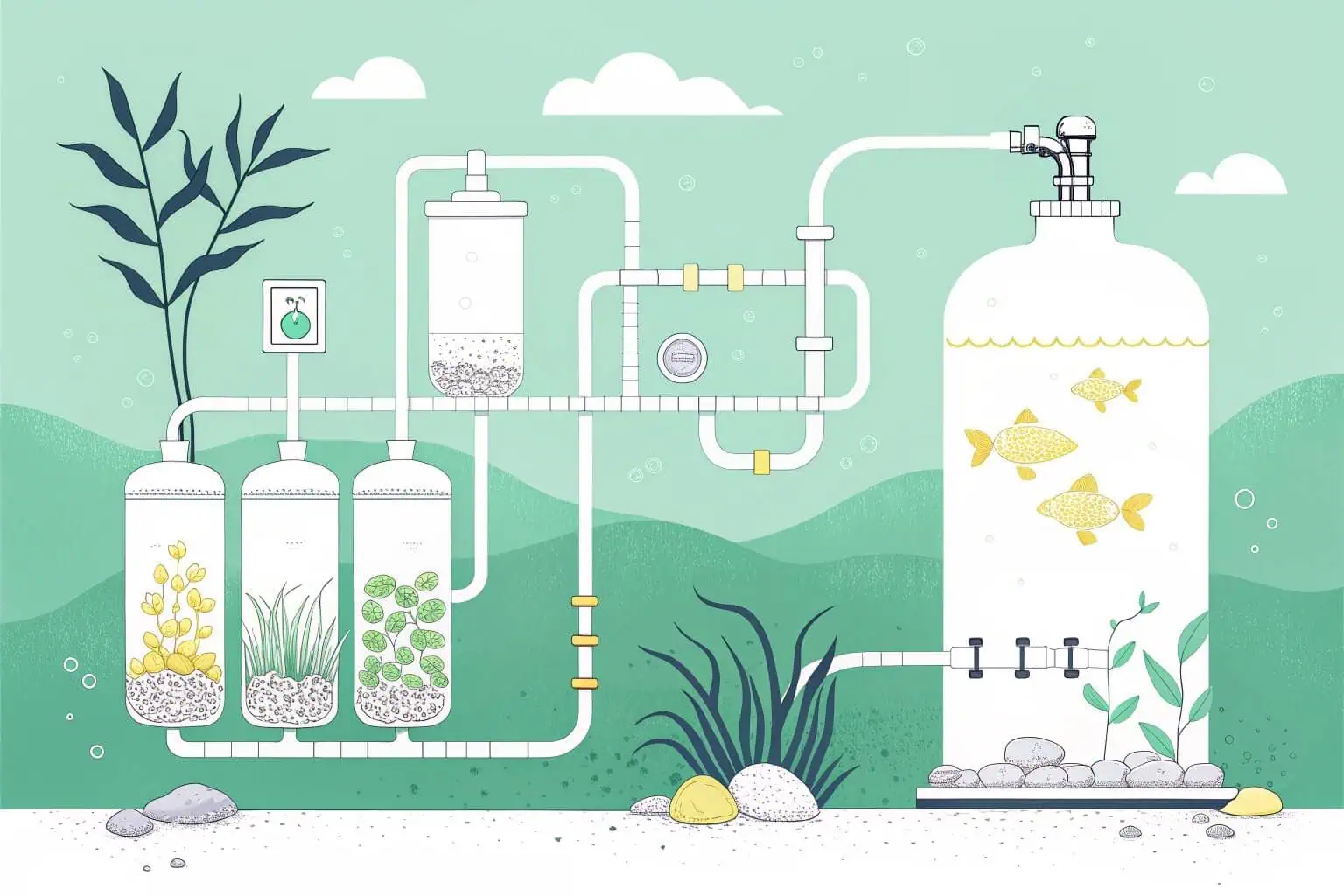
The question of whether tilapia are used in sewage treatment touches on a fascinating area of ecological engineering, but it's crucial to separate this from the tilapia you find in a grocery store. As someone involved in providing containment solutions like robust biogas digesters and biogas storage bags at Bancy, I appreciate innovative uses of biological processes. This highlights how innovation can address environmental challenges, but context is key.
Bioremediation and Aquaculture
Certain aquatic organisms, including some types of algae and even hardy fish like tilapia, can play a role in bioremediation. This means they can help clean water by consuming organic matter or absorbing certain pollutants in controlled environments. These are typically experimental or specialized water treatment systems, often called constructed wetlands or integrated multi-trophic aquaculture (IMTA)18. The goal here is water purification, not food production for human consumption. Fish used in such systems are part of the treatment process, not the end product for your dinner table.
Separation from Food Supply Chains
It's extremely important to understand that tilapia raised for food are farmed in dedicated aquaculture systems, completely separate from municipal sewage treatment plants. The standards, regulations, and practices for food-grade aquaculture are entirely different. There are strict controls to prevent contamination and ensure food safety. Think of it this way: Bancy produces specialized tanks for biogas production from waste, but these are entirely different systems and materials than our food-grade PVC fish tanks. The applications are distinct. This separation is vital for maintaining consumer trust in the food supply19.
Why the Confusion?
The confusion might arise because tilapia are known for their ability to thrive in various water conditions. Their hardiness makes them candidates for research in bioremediation. However, this scientific application should not be conflated with standard aquaculture practices20 for food. The aquaculture industry supplying your food is focused on producing safe, healthy fish under controlled conditions, using clean water sources and appropriate feed. Any farm mixing food production with raw sewage treatment would not meet any food safety certification21 or export requirements. As I see it, clear communication from the industry is essential to dispel such confusion.
| System Type | Purpose | Role of Tilapia (if any) | Connection to Food Supply | Bancy Analogy |
|---|---|---|---|---|
| Food Aquaculture Farm | Produce fish for human consumption | Primary product, raised in clean conditions | Direct | Our PVC fish tanks designed for safe fish farming. |
| Municipal Sewage Treatment | Treat wastewater for environmental discharge | Generally no role for fish in primary stages | None | Our spill containment berms for industrial safety – separate application. |
| Bioremediation (e.g., IMTA) | Water purification, nutrient recycling | Potential component in a controlled system | Indirect, research-focused | Our biogas digesters – waste treatment, not food production. |
| Unregulated/Poor Practices | (Hypothetical/Isolated) Mismanagement | (Mythical) Fish exposed to contaminants | Unsafe, not for market | A poorly designed, leaking tank – fails its purpose. |
The use of tilapia in controlled bioremediation is a niche scientific field. It has no bearing on the safety and cleanliness of the farm-raised tilapia you purchase from reputable sources.
Conclusion
Ultimately, choosing safe tilapia means being informed. Reputable Chinese farms prioritize safety, and understanding their practices helps build trust for your next meal.
-
Understanding the significance of transparency can enhance consumer trust and safety in food products, especially imports. ↩
-
Understanding HACCP is essential for anyone involved in food production, as it ensures safety and quality in the industry. ↩
-
Exploring BAP can provide insights into sustainable seafood practices and their importance in maintaining high quality standards. ↩
-
Exploring this topic reveals how transparency can enhance trust and accountability in business, benefiting both consumers and companies. ↩
-
Understanding sourcing and certifications can empower you to make informed choices that promote safety and quality in products. ↩
-
Exploring the significance of material certifications can help you appreciate their role in ensuring product quality and safety. ↩
-
Learning about international cooperation can reveal how global standards enhance safety and quality across markets. ↩
-
Explore this link to understand how aquaculture is evolving towards sustainability and ethical practices, ensuring healthier fish and safer environments. ↩
-
Discover how specially formulated pellets enhance tilapia growth and health, ensuring a sustainable aquaculture practice. ↩
-
Explore how these principles are shaping the future of aquaculture and why they are essential for success. ↩
-
Understanding the impact of poor water conditions can help consumers make informed choices about tilapia and aquaculture practices. ↩
-
Exploring the risks associated with unregulated farming can shed light on the importance of regulations in ensuring safe seafood. ↩
-
Explore this link to understand how RAS can enhance sustainability and efficiency in aquaculture, ensuring healthier fish and cleaner environments. ↩
-
Discover strategies on leveraging sustainability for competitive advantage, which is crucial for modern businesses aiming for long-term success. ↩
-
Exploring the impact of fish density can enhance your knowledge of sustainable aquaculture and fish welfare. ↩
-
Learning about the significance of a clean farm can improve your understanding of efficient fish farming practices. ↩
-
Exploring these trends can reveal how aquaculture is evolving to meet consumer demands for cleaner and more sustainable seafood. ↩
-
Learning about IMTA can reveal sustainable aquaculture practices that benefit both the environment and fish farming. ↩
-
Discover the practices and regulations that help maintain consumer trust in the food supply, a key aspect of food safety and quality. ↩
-
Learn about aquaculture practices to ensure the fish you consume are raised safely and sustainably. ↩
-
Discover the importance of food safety certification in aquaculture to ensure the fish you eat is safe and healthy. ↩